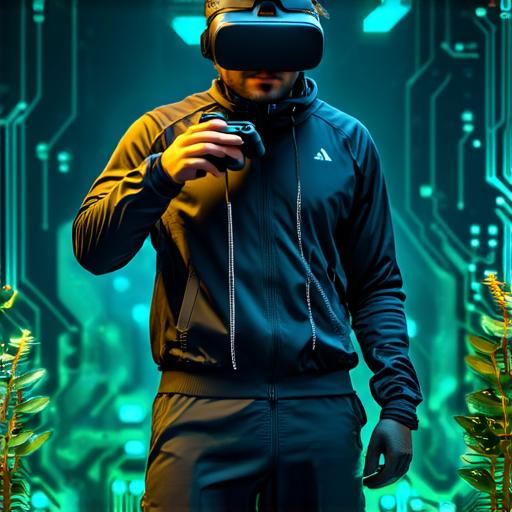
What are the responsibilities of a virtual reality developer?
Virtual reality (VR) technology is rapidly transforming the way we interact with digital content. VR developers are responsible for creating immersive and engaging experiences that transport users into virtual worlds.

Responsibilities of a Virtual Reality Developer
Virtual reality developers are responsible for designing, developing, and testing VR applications. Their main goal is to create interactive and immersive experiences that engage users and transport them into virtual worlds. Some of the key responsibilities of a VR developer include:
- Designing Virtual Environments
- Programming VR Applications
- Developing User Interfaces
- Testing and Debugging VR Applications
- Collaborating with Teams
Skills and Tools Required for Virtual Reality Development
To become a successful virtual reality developer, you will need to possess certain skills and tools. These include:
- 3D Design Skills
- Programming Skills
- Knowledge of Physics and Math
- Experience with VR Hardware
- Creativity and Imagination
3D Design Skills
Virtual reality developers must have a strong understanding of 3D design principles and be able to create detailed models of virtual environments. They should also be familiar with software such as Blender, Maya, or 3ds Max.
Programming Skills
VR developers must have proficiency in programming languages such as C, C++, or Java. They should also be familiar with VR development engines such as Unity, Unreal Engine, or A-Frame.
Knowledge of Physics and Math
Virtual reality developers must have a strong understanding of physics and mathematics, particularly when it comes to creating realistic virtual environments.
Experience with VR Hardware
VR developers should have experience working with VR hardware such as the Oculus Rift or HTC Vive. This will help them understand how VR applications are designed and optimized for different hardware configurations.
Creativity and Imagination
Virtual reality development requires a lot of creativity and imagination. Developers must be able to come up with innovative ideas for virtual environments and applications that engage users and provide a unique experience.
Case Study: The Development of “Beat Saber”
"Beat Saber" is a popular VR rhythm game developed by Beat Games. The game involves players using VR controllers to slash through incoming blocks that represent beats in music. The development of "Beat Saber" required a team of virtual reality developers with a range of skills and expertise.
The team began by designing the virtual environment, creating detailed models of the blocks and the player character. They used software such as Unity to build the game’s core mechanics and added additional features such as power-ups and scoring systems.
The team also had to work closely with musicians to create original music tracks that would be used in the game. This required a deep understanding of music theory and the ability to translate musical concepts into virtual reality experiences.


